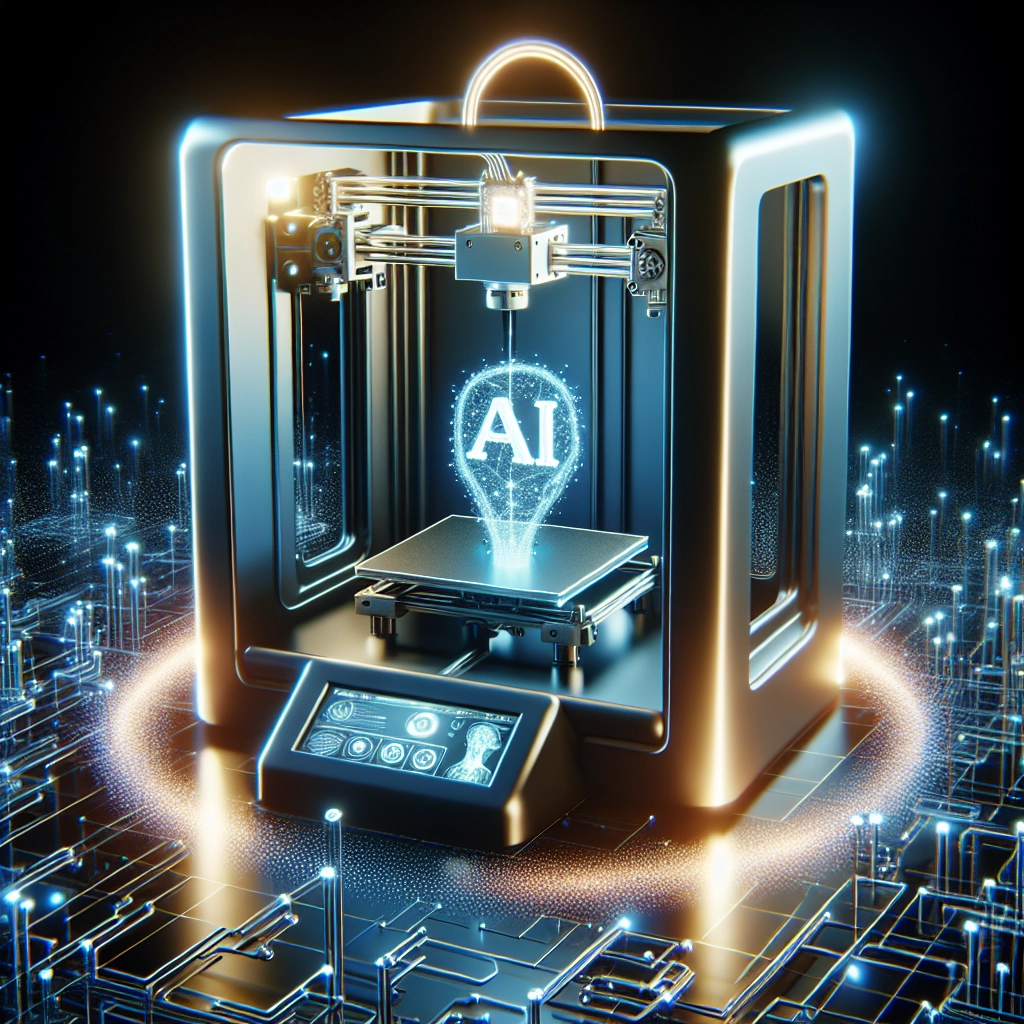Harnessing the Power of AI in 3D Printing
The future is here, folks! We live in an era where technology seems to advance at the speed of light, and one of the most exciting intersections of innovation is where AI meets 3D printing. Without a doubt, both technologies are game-changers in their own right, but together, they create a robust synergy that could revolutionize industries ranging from manufacturing to healthcare. So, grab your favorite beverage, get cozy, and let’s dive into how AI is reshaping the landscape of 3D printing!
The Basics: What Are 3D Printing and AI?
For those who might be new to these concepts, let’s break them down a bit. 3D printing, or additive manufacturing, allows us to create three-dimensional objects layer by layer from a digital file. This means you can design everything from simple toys to complex aerospace components.
On the other hand, artificial intelligence is the tech brain behind many of our modern conveniences. Through machine learning and data analysis, AI can make predictions, recognize patterns, and even enhance decision-making processes. When combined with 3D printing, AI can optimize the entire workflow, making it not only quicker but also smarter!
Streamlining Design
One of the standout advantages of incorporating AI into 3D printing is the potential for streamlined design processes. With traditional methods, designing a part often requires multiple iterations, which can consume time and resources. Imagine you’re a designer trying to create a new product—weeks can go by as you model, print, and test.
Now, enter generative design: an AI-driven process that uses algorithms to explore a vast number of design possibilities. You input your goals – like weight, materials, and cost – and the AI generates various designs that meet those criteria. This means you’re not just waiting around for inspiration; instead, you get a plethora of innovative solutions tailored to your project. Talk about cutting down on trial and error!
Enhancing Manufacturing Efficiency
AI’s influence doesn’t stop with design. When it comes to manufacturing, it can significantly enhance efficiency. By predicting when machines need maintenance, AI can reduce downtime and ensure your 3D printer is always running smoothly. No more unexpected hiccups in the middle of a production run!
Furthermore, AI can also optimize print settings based on real-time data, such as temperature and material flow. This adaptive capacity not only ensures high-quality prints but also reduces waste—an increasingly important consideration in today’s eco-conscious world. Who doesn’t want to contribute to a greener planet while getting the job done?
Quality Control
Anyone who has ever 3D printed knows that sometimes things don’t go as planned. You might have experienced warping, layer separations, or other print failures. Luckily, AI has got your back here too! With machine learning algorithms, AI can analyze past print performances and make real-time adjustments to mitigate errors.
Imagine having a smart assistant that monitors every layer being printed, detecting anomalies and correcting them before they become actual failures. This level of quality control means that products can go straight from design to prototype to production with far fewer hiccups along the way.
Customization Like Never Before
One of the standout aspects of 3D printing is its ability to create customized products. AI takes this a step further by analyzing customer preferences, behavior, and existing designs to create hyper-personalized products. In the world of retail, for example, brands can offer tailored products based on individual consumer data without the need for extensive retooling. This is music to the ears of anyone who’s ever struggled to find the perfect fit—nice, right?
Real-World Applications
So, you might be thinking, "This all sounds great, but what does it look like in action?" Well, take the healthcare sector. With AI and 3D printing combined, medical professionals can create personalized prosthetics or tailor treatments to individual patients. Imagine a patient with a specific injury receiving a 3D-printed cast or implant that perfectly fits both their anatomy and lifestyle needs.
Automotive and aerospace industries are leveraging AI in 3D printing to produce lightweight yet strong components. These advancements shave off costs and time while improving performance, making them a point of interest for several leading companies.
In Conclusion
Artificial intelligence and 3D printing seem like a match made in tech heaven. Their combined capabilities not only enhance existing processes but also open the door to innovative possibilities that can drive industries forward. Whether it’s through improved design efficiencies, reduced waste, or customized solutions, the future holds incredible potential for these two technologies together.
The beauty of this collaboration lies in its ability to transform not just production methods, but also the essence of how we conceptualize and create. As we look ahead, it’s heartening to think about how many new ideas and solutions will emerge from harnessing this powerful duo. So, buckle up—because the world of AI in 3D printing is just getting started!

